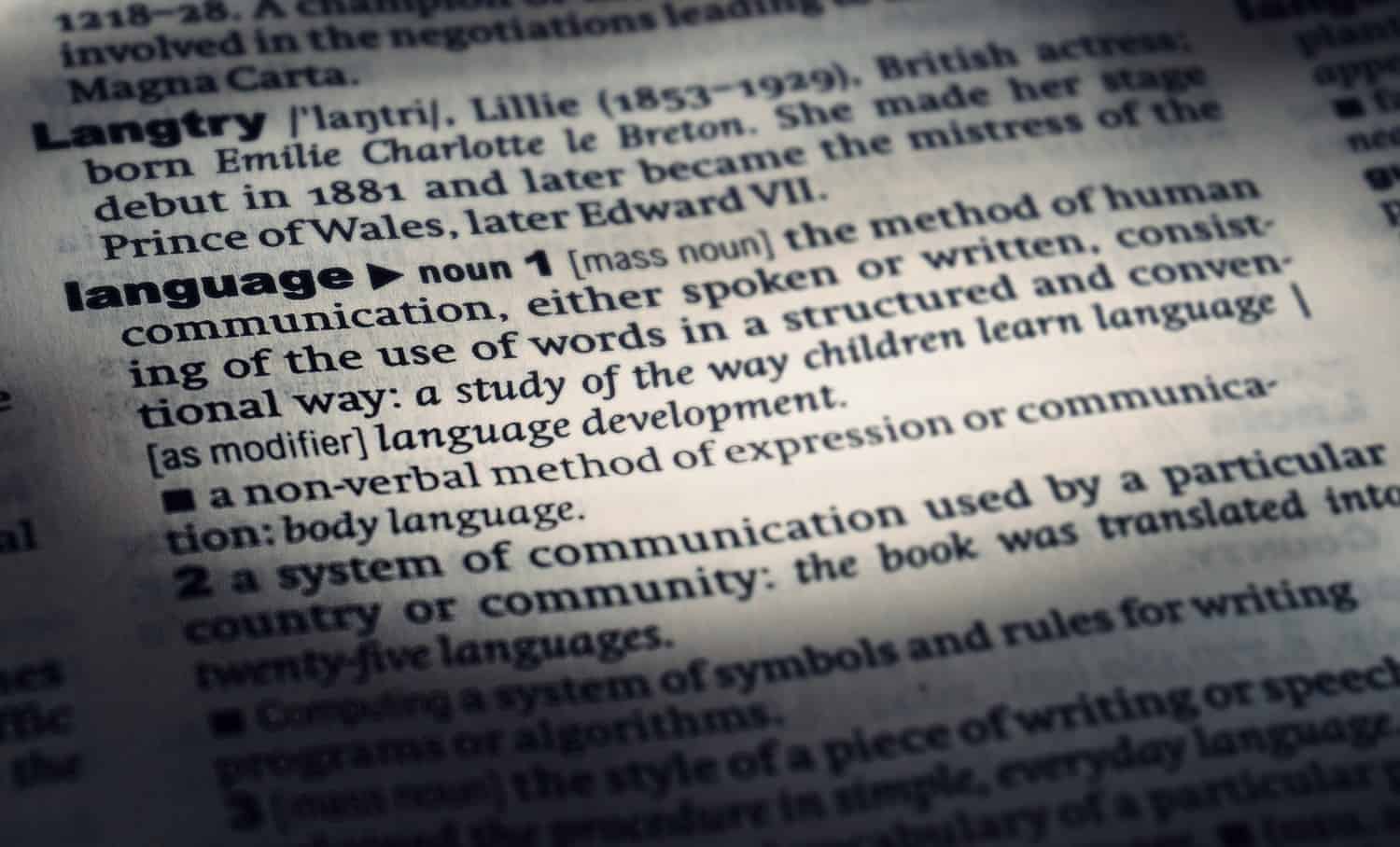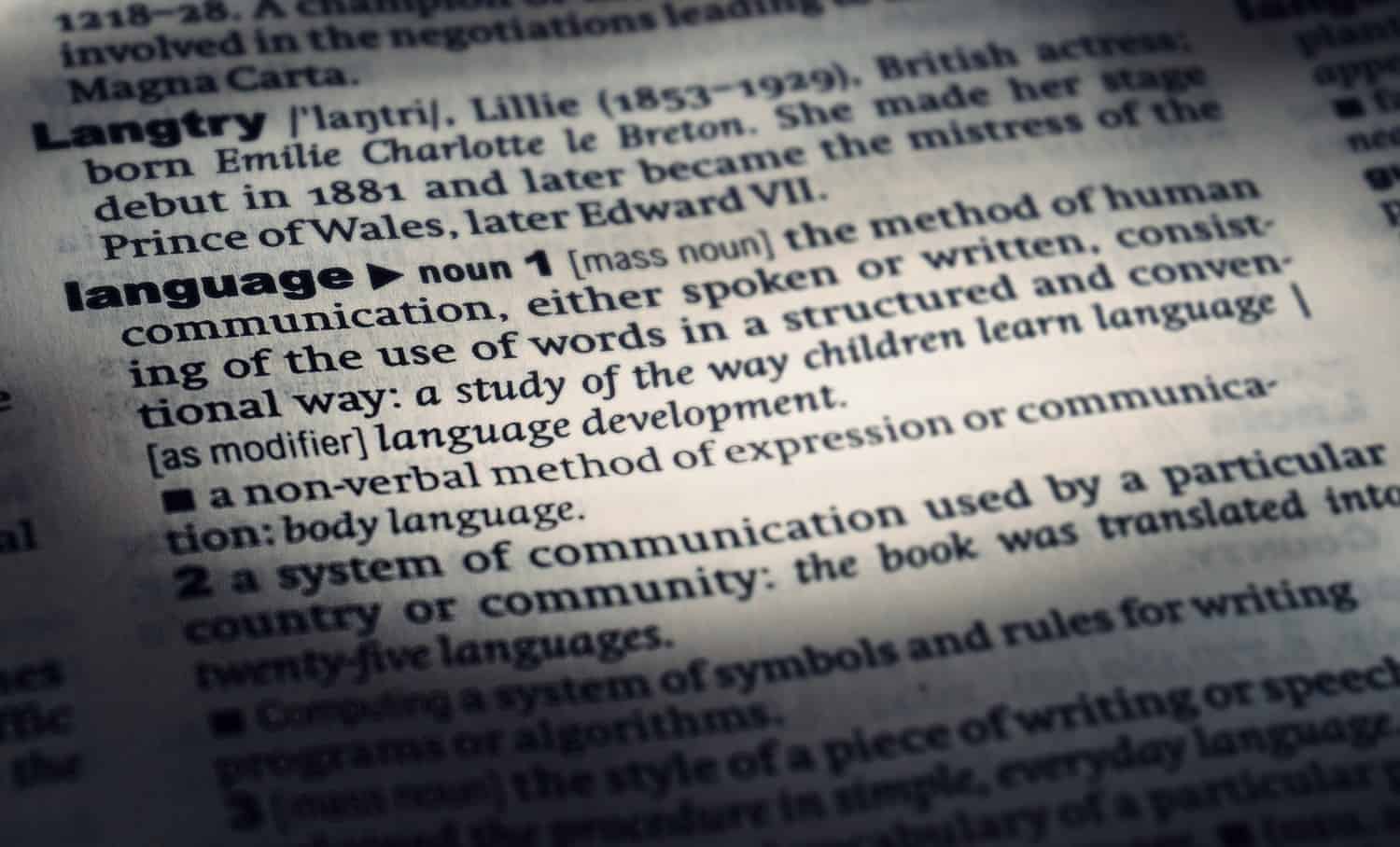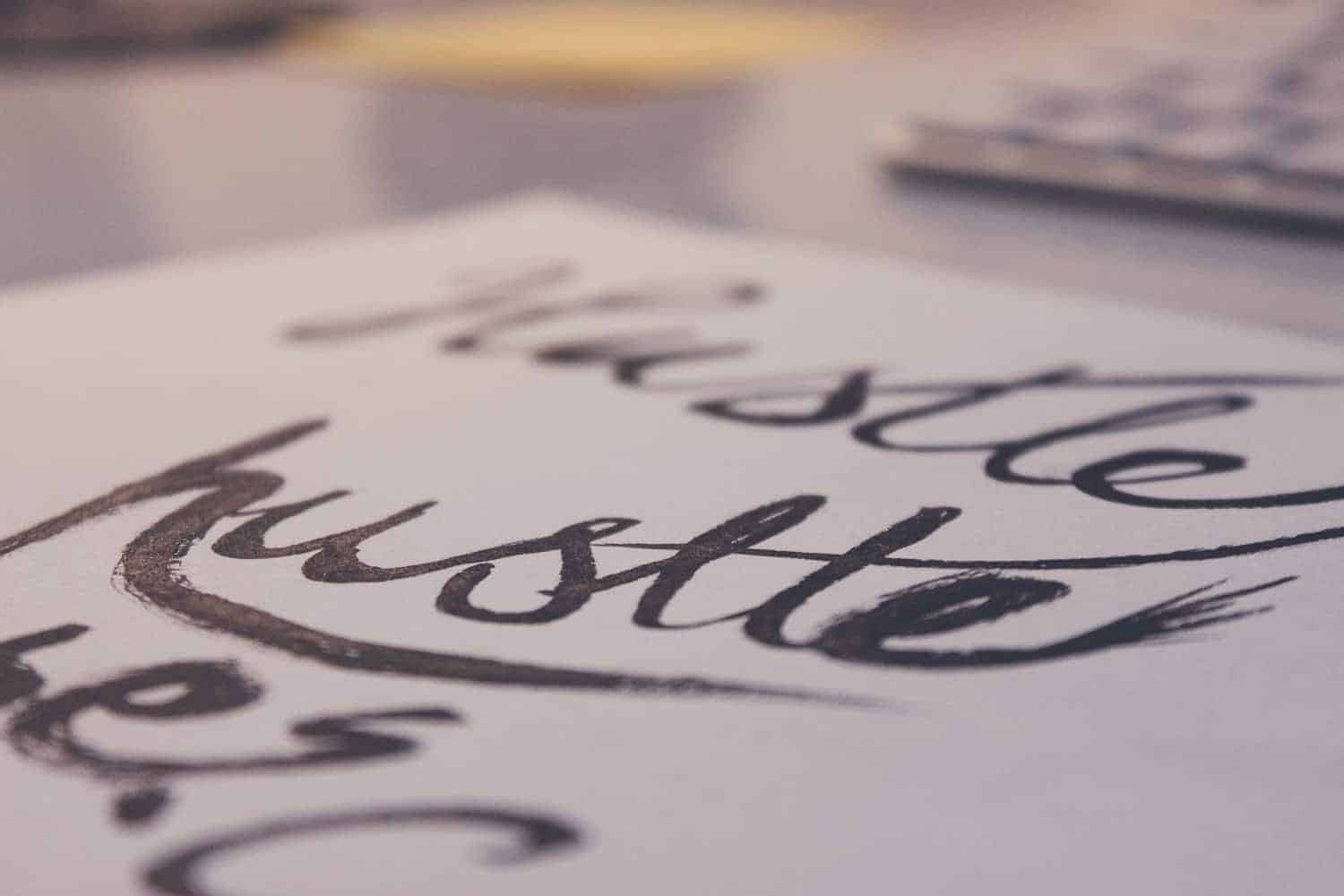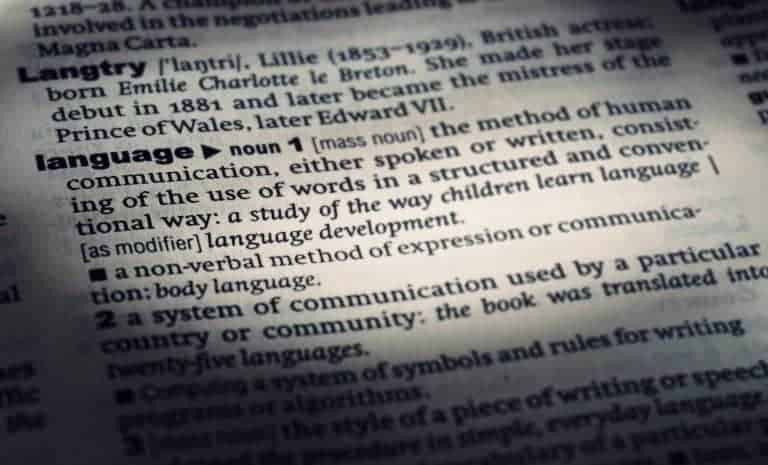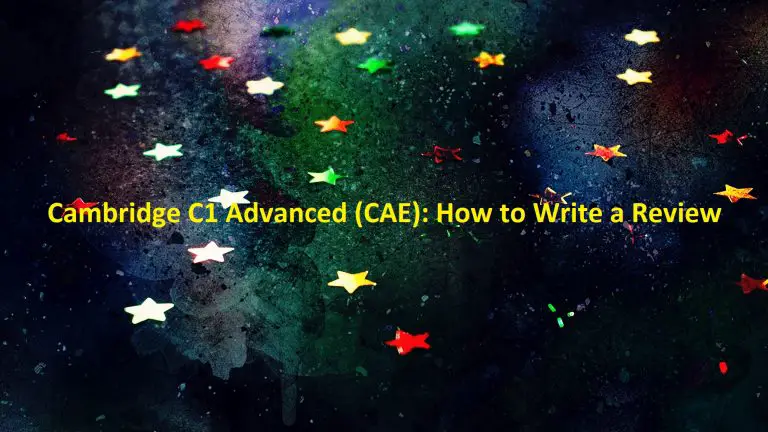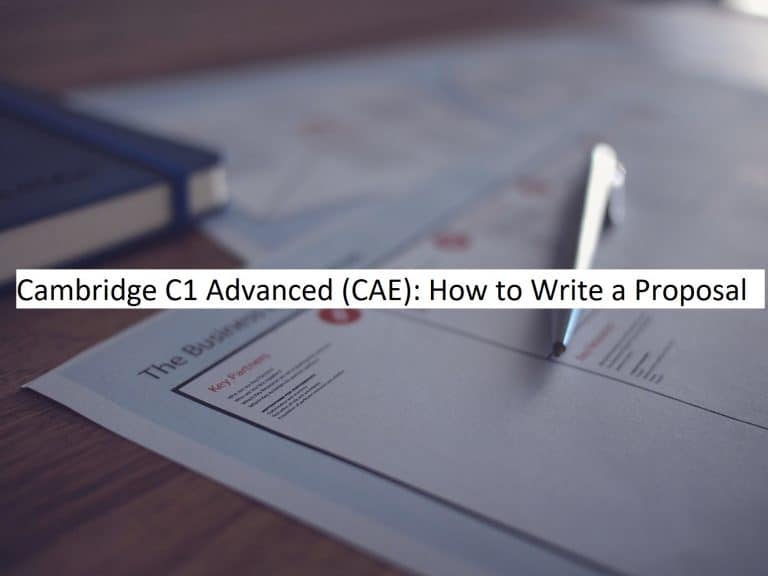Reading and Use of English Part 2
Reading and Use of English puts a lot of pressure on candidates in terms of the variety of tasks and the different language skills tested but also time as there are only 90 minutes to complete all eight tasks and transfer all the answers onto a separate answer sheet.
This can be quite daunting, but on teacherphill.com you can find detailed information about C1 Advanced and its different parts.
In this article, I’m going to show you everything you need to be successful in Reading and Use of English Part 2. We are going to have a look at the task itself as well as common problems and tips and tricks to deal with those issues.
You will walk away with more knowledge and the tools to overcome the problems in Part 2. If this sounds good to you, continue reading.
What do you have to do in Part 2?
Part 2 – open cloze (a text with gaps): You read a short text with eight gaps. For each gap you decide on one word to fill in without any possible answers given in the task.
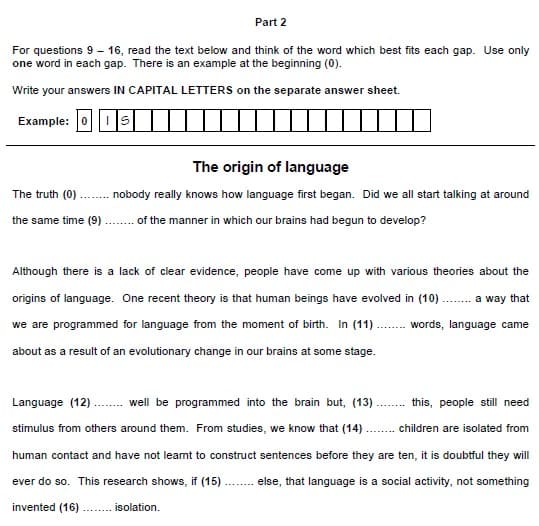
Here, you can see a typical example for Reading and Use of English Part 2. The text isn’t very long, but the focus is on the language anyway.
Part 2 focuses on your awareness and control of different grammatical structures, which makes it part of the Use of English paper together with Parts 3 and 4.
I recommend looking at Reading and Use of English in general before diving into any individual task. You can follow the link below to learn more.
>>> Learn more about C1 Advanced Reading and Use of English! <<<
The 3 most common problems with Part 2
Reading and Use of English is full of little traps that you can fall into. Cambridge English doesn’t design their exams to be fair. They benefit from people failing because it gives their exams a certain reputation of not being for weaker candidates and it makes them tons of money through all the fees people pay to retake the test.
I don’t want you to become part of this group of people. I want you to know your way around the exam as you do in the neighbourhood where you grew up. We’re going to turn over the biggest rocks so you know what you need to prepare for. Let’s get started.
Candidates don’t have a plan
This one drives me crazy. Certain people believe that they can simply rock up on exam day and cruise through it. Nothing could be further from the truth. Those who prepare properly are the ones who pass with high marks and those who come unprepared fail. It’s that simple.
There are always some smart people who don’t even know that you only put one single word in each gap and they end up writing whole phrases just do get a bad surprise when they receive their results six weeks later.
If you want to pass and get great marks, you need to look at the different tasks and think about the right strategy to get through it efficiently and effectively. Understand the requirements and work until you know what to do.
Language skills
Unfortunately, C1 Advanced is an unforgiving exam. If you don’t have the right language level, you don’t have a chance of passing. Your only choice is to practise as soon as you even start thinking about taking the exam. Put in the work and you will reap the rewards. After all, there are three parts to the Use of English paper (2-4) so make sure that your grammar and vocabulary are on point.
Time management issues
The third big problem I often see with my students is bad time management. They get stuck on tasks they are not very good at and leave a lot of valuable marks on the table because they don’t even get to the tasks they are better at.
The time limit in Reading and Use of English is really no joke with only 90 minutes to complete eight tasks and to transfer all your answers onto a separate answer sheet.
Your only option is to find out how much time you typically spend on the different tasks so you can identify your weaknesses. Once you’ve figured that out, work on it until you can stay within the time limit.
Tips and strategies for Part 2
You should have learned by now that you simply can’t go into the exam without being ready for it. Preparation is key and I preach this in all my articles across the different Cambridge tests.
General practice
Generally speaking, you want to immerse yourself as much as possible in the language, which means that you should create some daily habits. Listen to and read a little bit in English every day and see how your understanding of it improves without you even doing that much for it.
Whilst listening or reading you can challenge yourself with small tasks, for example, find five words that are new to you and check them in a dictionary once you’ve finished. Another great exercise is to summarise what you’ve taken in. It can be just one paragraph, but you ingest and produce English in one go.
Develop a plan that you can follow
The largest part of preparing for battle is to come up with a good plan. What are your strengths and your opponents weaknesses and how can you exploit them?
In C1 Advanced there is always a way to gain a couple more marks if you do the right thing, especially in Reading and Use of English.
In Part 2, a good plan might look like this:
- Read the title and text quickly
- Analyse the gaps
- Decide what words fit the gaps
- Read the text again
In the following sections I’m going to explain to you how exactly you can follow this plan and maximise the outcome.
Read the title and text quickly
Step number one is optional, but I strongly recommend doing it. It does depend on how comfortable you are with your reading speed and level of understanding of texts in English, but at his level, there shouldn’t be a lot of excuses.
Reading the title and text once before you start answering the task gives you an idea of the topic and what to expect. It’s as if your teacher gives you the topic of an essay task the day before an exam at school. You immediately feel a little bit more relaxed and confident.
The same applies to the texts in Reading and Use of English. If you do a quick readthrough, you will be able to relax just enough to tackle the questions at ease.
Analyse the gaps
Once you’ve read the text, you should direct your attention towards the gaps in the text. In Reading and Use of English Part 2, there are eight gaps that you need to fill in with exactly one word each.
In order to do this, you have to check the words and structures before and after each gap so you get an idea of what kind of grammar is missing.

Looking at our example task from earlier, we notice the preposition ‘of’ so we can assume that we need another word that goes with it.
Also, the information before and after the gap represent two different ideas (we started talking AND the manner in which our brains had begun to develop). Between these two ideas, there is a causal relationship as anthropologists believe that the growth of the human brain enabled us to speak.
Decide what words fit the gaps
Putting both observations (preposition ‘of’ + causal relationship) together, we get to the only possible solution, which is ‘because’. ‘Because of’ connects two ideas with a causal relationship. There is no other phrase that does that so ‘because’ must be the correct answer.
Repeat these last two steps for each gap and you will find the correct answers.
Read the text again
Many candidates leave marks on the table because they answer the questions and immediately move on to the next task.
Don’t make the same mistake. It is important to double-check and make sure that your choices will actually deliver the marks you want.
Therefore, read the text one last time and see if everything makes sense. We often get caught up with little details and we forget about the text as a whole. If you realise that a word doesn’t make sense after all you can still go back to that gap and rethink your decision.
Time management
For many candidates, managing time efficiently is one f the biggest struggles when it comes to C1 Advanced, and especially in Reading and Use of English. With only 90 available to finish everything including the separate answer sheet, it can become very stressful to race against the clock.
The key to good time management is to understand how each task works and what to be careful with when taking the exam. I’ve written an article about all the essential information you need for Reading and Use of English so if you are interested in finding out more, just follow the link below.
>>> Everything you need to know about C1 Advanced Reading and Use of English <<<
Answer all the questions
To some of you, this might sound obvious, but to others, this is an unfamiliar concept because in some countries, wrong answers are punished by taking away marks from students. To me, this seems crazy, but I’m not the one who makes education policy.
In C1 Advanced, you can give wrong answers without having to worry about losing marks. The worst thing that can happen is that you don’t get anything, but getting zero marks for a wrong answer or zero marks for no answer makes not answering seem silly.
So, make sure you answer every single question in the exam even if you have to guess. Don’t leave valuable marks on the table, but grab whatever you can.
Summary
Reading and Use of Part 2 focuses on your grammar. You need to analyse the text carefully in order to find the correct word for each gap in the text. Once your done, always read the text again to make sure that everything makes sense together.
The biggest problems with Part 2 are lack of knowledge about the task, underdeveloped language skills and time management issues. All of these can be solved through practice, the right language habits like daily reading and listening activities as well as a good strategy and techniques.
Don’t wait any longer, but start practising today. Make use of the almost unlimited resources you can find in books or online and develop the mindset you need to be successful.
I hope my articles help you on your journey.
Lots of love,
Teacher Phill


